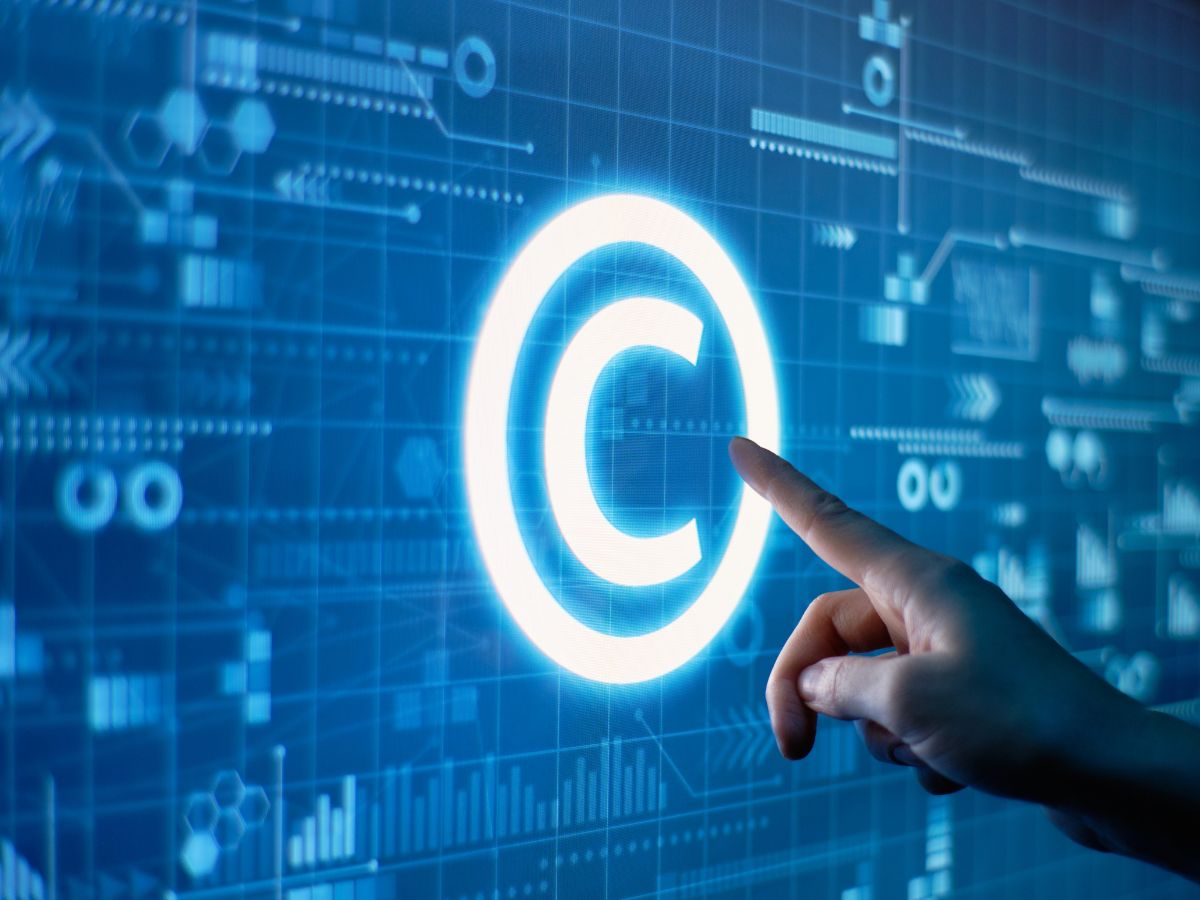The Internet has changed today’s world to a huge extent, which has also helped individuals to be noticed. Social media platforms like YouTube, FaceBook, Instagram, and much more exist. They have proven advantageous to today’s world, but there are some ways in which they even harmed individuals in the beginning. People noticed others copied their material on social media in the early days. Because of this, various countries’ governments have launched some Copyright laws for social media usage.
People know about Copyright when registering their intellectual property, but that is different regarding the Copyright laws of social media. When we browse social media, we often see a few beautiful pictures and feel we should share them on our profile to be popular and gain fame on these platforms. But Copyright infringement plays an important role here, and we’ll be discussing Copyright laws in the age of social media.
Copyright on Images
Nowadays, people spend most of their screen time on various social media platforms. When social media platforms had just started their journey a few years ago, one thing was a lot common, which was the stealing of content. People took the famous images and other media files of an individual who created them using their creativity to ensure they also gained fame. But fortunately, this lasted only for a short time as it was noticed by both parties, the Government and the social media platforms.
Therefore, both of them worked together to ensure that some laws were set up so that the individuals didn’t see their creative material stolen and uploaded by others. Now if any individual uses the Copyrighted material of any other individual on any social media platform, it can be taken to the legal sphere if done without authorization. There are many cases when we hear that due to Copyright infringement on social media, people are fined by the Copyright owners millions of dollars. But it is also necessary to know how an individual becomes the owner of their intellectual property on social media.
Policies of Social Media Platforms over Copyright
As the Government and Social media platforms noticed that the number of copied materials increased, they brought out some laws and regulations to ensure that the material on social media is safe and protected legally. Following the same, the Indian Government launched the Indian Copyright Act and made some changes, including the policies for social media materials. This included Section 17 (A), which defined how copyright owners will be made for any intellectual property.
Section 17 (A) of the Indian Copyright Act says that the first owner of any intellectual property on social media is the author of the same. This means that if any professional photographer has posted an image on his social media accounts, it won’t be used by anyone else, and the material now legally belongs to him. But it will be challenging for social media platforms to keep track of the copied material, as many people still need to break the rules.
To stop this from happening, Social media platforms have also allowed Copyright owners to take down the post or images which any other person has used without their permission. If this material belongs to them, even in reality, they can take this matter to the legal sphere. But this type of Copyright ownership can be transferred from person to person and is royalty-free.
Concluding Final Thoughts
Finally, as copyright laws continue to evolve and adapt to the ever-changing technological landscape, individuals and businesses may find it difficult to navigate the digital landscape of social media.
Because of the ease with which material may be downloaded and disseminated online, it is now easier than ever to violate the intellectual property rights of others.
Individuals and organizations must thus understand and follow copyright regulations to avoid costly legal penalties. At the same time, copyright regulations must balance the interests of creators and users, allowing for the free flow of information and innovation while protecting the rights of those who generate original material. By striking this balance, copyright rules may continue to support innovation and creativity in the digital era.

